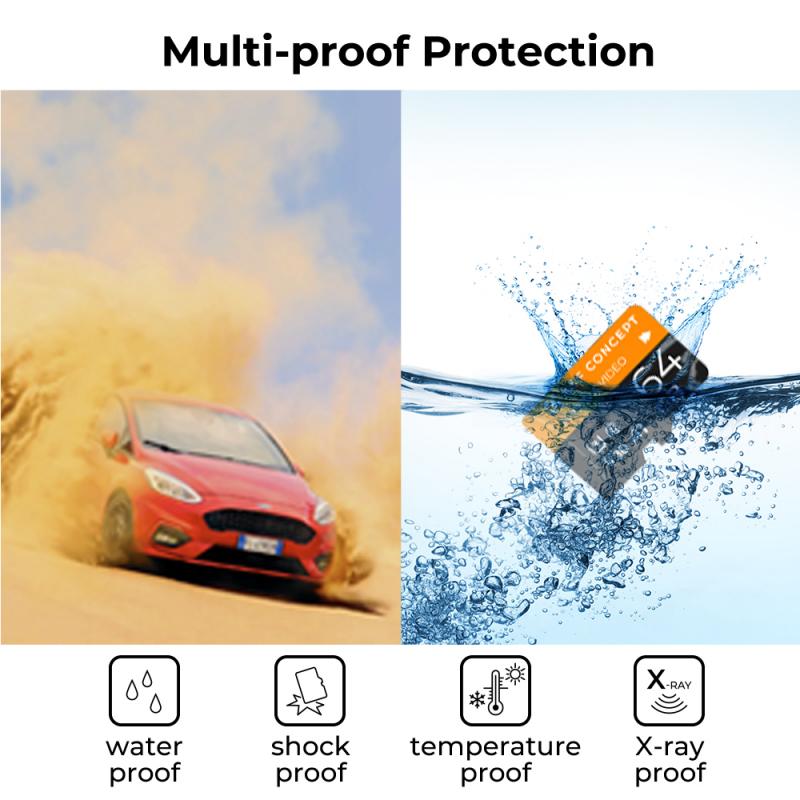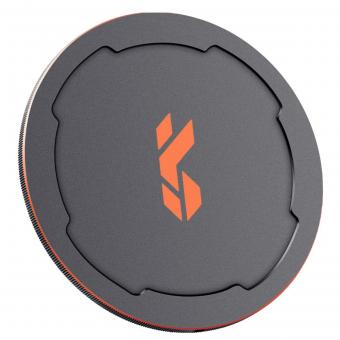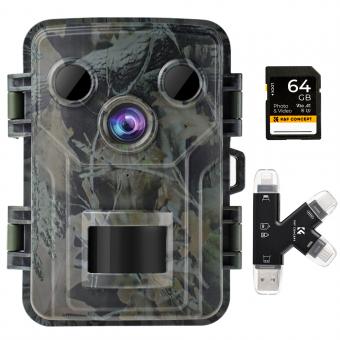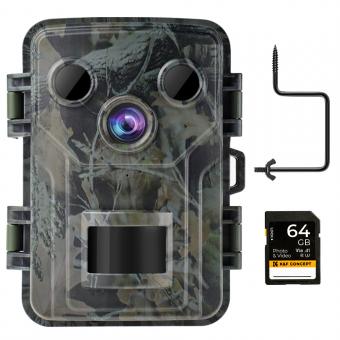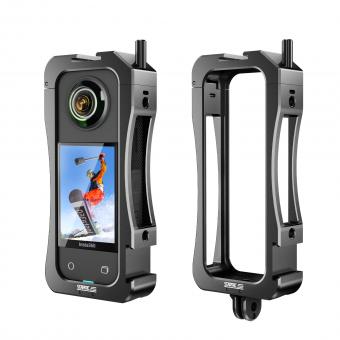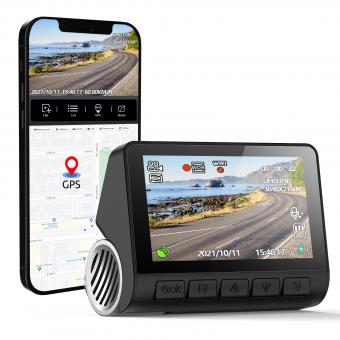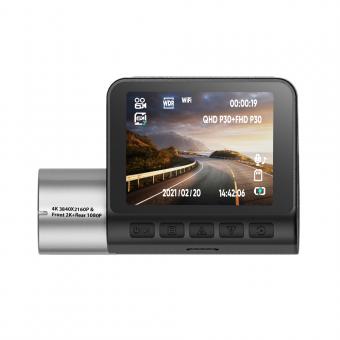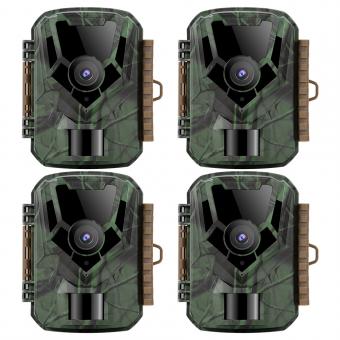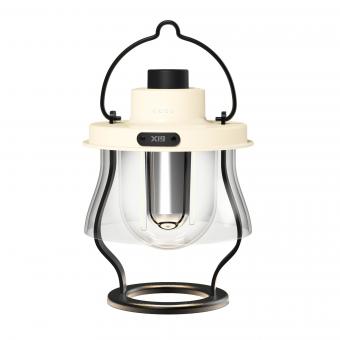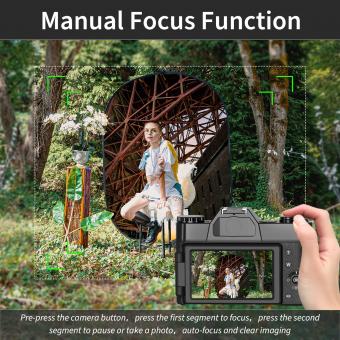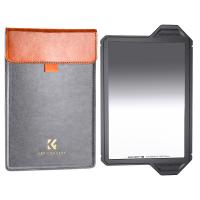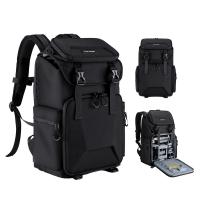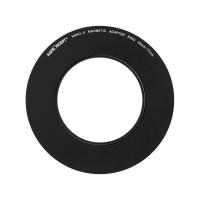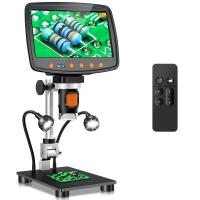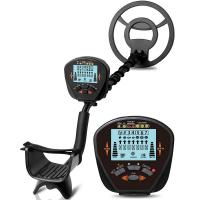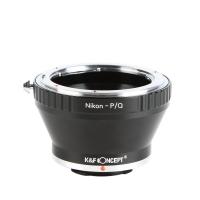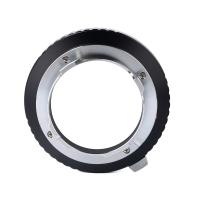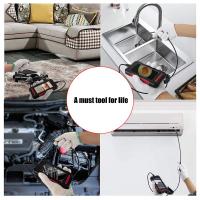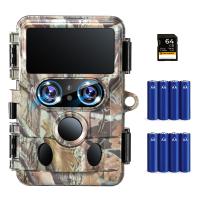How To Install Cctv In Car ?
To install CCTV in a car, you will need to follow these general steps:
1. Choose the right CCTV system: Select a CCTV system that is specifically designed for use in vehicles. Look for features such as high-resolution cameras, wide-angle lenses, and night vision capabilities.
2. Plan camera placement: Determine the optimal locations to install the cameras inside and outside the car. Common positions include the front and rear windshields, side windows, and the interior cabin.
3. Mount the cameras: Use the provided brackets or mounts to securely attach the cameras in the chosen positions. Ensure that the cameras have a clear view and are not obstructed by any objects.
4. Connect the cameras: Run the necessary cables from the cameras to the central recording unit or monitor. Conceal the cables as much as possible to maintain a neat installation.
5. Power the system: Connect the CCTV system to a power source, such as the car's battery or a separate power supply. Follow the manufacturer's instructions for proper wiring and voltage requirements.
6. Test the system: Once the installation is complete, test the CCTV system to ensure that all cameras are functioning correctly and capturing clear footage.
Remember to familiarize yourself with any local laws or regulations regarding the use of CCTV in vehicles to ensure compliance.
1、 Types of Car CCTV Systems
Car CCTV systems have become increasingly popular in recent years due to their ability to enhance vehicle security and provide valuable evidence in case of accidents or theft. There are several types of car CCTV systems available in the market, each with its own unique features and installation requirements.
1. Dashcam: Dashcams are the most common type of car CCTV system. They are typically mounted on the dashboard or windshield and record video footage of the road ahead. Dashcams are easy to install and can be powered through the car's cigarette lighter or USB port. They are equipped with loop recording, which means that once the storage is full, the oldest footage is automatically overwritten.
2. Rearview cameras: Rearview cameras, also known as backup cameras, are designed to provide a clear view of the area behind the vehicle. They are usually installed near the rear license plate or on the rear bumper. Rearview cameras help drivers avoid accidents while reversing and can be particularly useful in larger vehicles or those with limited visibility.
3. 360-degree cameras: 360-degree cameras offer a complete view of the surroundings of the vehicle. They consist of multiple cameras strategically placed around the car to capture footage from all angles. This type of CCTV system provides comprehensive coverage and can be beneficial for parking or maneuvering in tight spaces.
4. Interior cameras: Interior cameras are designed to monitor the inside of the vehicle. They can be installed on the dashboard or attached to the rearview mirror. Interior cameras are particularly useful for rideshare drivers or parents who want to keep an eye on their children in the backseat.
When installing a car CCTV system, it is important to follow the manufacturer's instructions and ensure that the cameras are securely mounted. Additionally, it is advisable to consult a professional installer to ensure proper wiring and integration with the vehicle's electrical system.
In conclusion, car CCTV systems come in various types, each serving a specific purpose. Whether you choose a dashcam, rearview camera, 360-degree camera, or interior camera, installing a car CCTV system can provide added security and peace of mind while on the road.
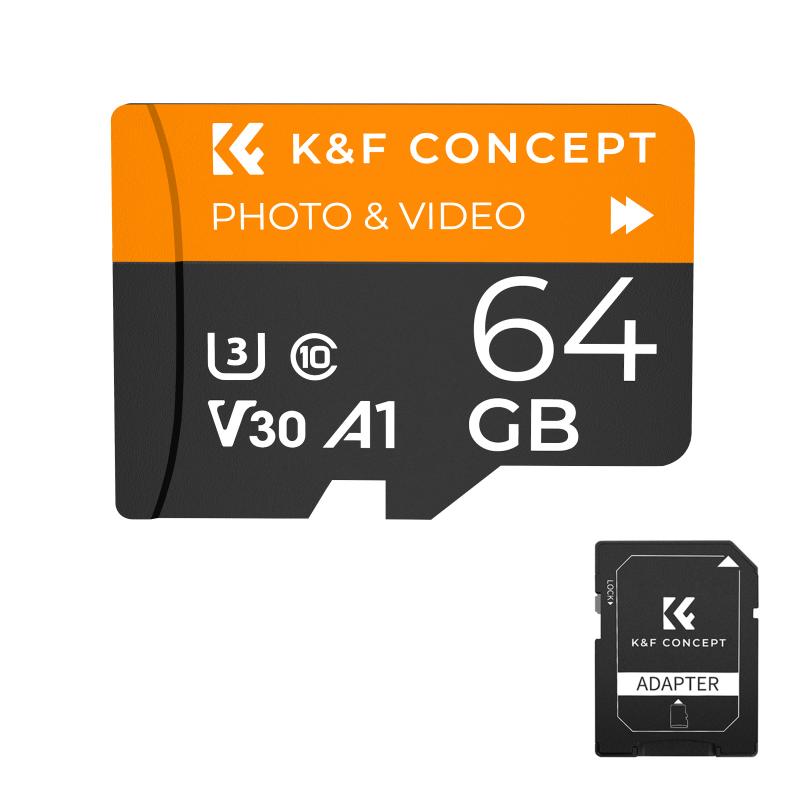
2、 Choosing the Right Car CCTV System
Choosing the Right Car CCTV System
Installing a CCTV system in your car can provide you with added security and peace of mind. Whether you want to monitor your vehicle while parked or record your journeys, selecting the right car CCTV system is crucial. Here are some factors to consider when choosing the right system for your needs.
1. Camera Quality: Look for a system with high-resolution cameras to ensure clear and detailed footage. HD or 4K cameras are recommended for optimal image quality.
2. Night Vision: Consider a CCTV system with infrared or low-light capabilities for clear footage in dark conditions. This is especially important if you plan to use the system for parking surveillance.
3. Storage Capacity: Determine how much footage you want to store and choose a system with sufficient storage capacity. Some systems offer cloud storage options, while others use SD cards or hard drives.
4. Motion Detection: Opt for a system that has motion detection capabilities. This feature allows the camera to start recording when it detects movement, saving storage space and making it easier to review important events.
5. Easy Installation: Look for a system that is easy to install or consider professional installation if you are not confident in your abilities. Wireless systems are generally easier to install than wired ones.
6. Mobile App Integration: Consider a system that offers a mobile app for remote viewing and control. This allows you to access live footage and review recordings from your smartphone or tablet.
7. Price: Set a budget and compare different systems to find one that offers the best value for money. Remember that higher-priced systems often come with more advanced features and better build quality.
In conclusion, choosing the right car CCTV system involves considering factors such as camera quality, night vision capabilities, storage capacity, motion detection, ease of installation, mobile app integration, and price. By carefully evaluating these factors, you can select a system that meets your specific needs and provides you with the desired level of security and convenience.
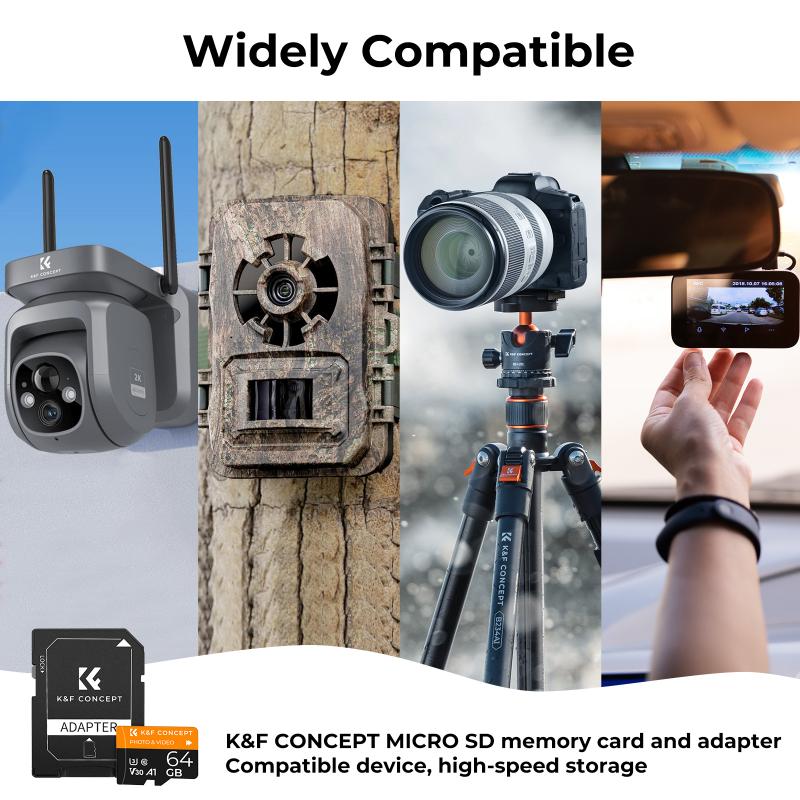
3、 Installing Car CCTV Cameras
Installing Car CCTV Cameras
Installing CCTV cameras in your car can provide you with an added layer of security and peace of mind. Whether you want to monitor your vehicle while parked or record your journeys, car CCTV cameras can be a valuable addition. Here's a step-by-step guide on how to install CCTV in your car:
1. Choose the right camera: There are various types of car CCTV cameras available, including dash cams, rearview cameras, and multi-camera systems. Consider your specific needs and budget before selecting the camera that suits you best.
2. Gather the necessary tools: You will need a power drill, screwdriver, wire cutters, electrical tape, and cable ties for the installation process.
3. Determine camera placement: Decide where you want to install the cameras in your car. Common locations include the front windshield, rear windshield, and side mirrors. Ensure that the camera's view is not obstructed by any objects.
4. Mount the cameras: Use the power drill and screwdriver to securely mount the cameras in the chosen locations. Follow the manufacturer's instructions for proper installation.
5. Connect the cameras: Run the camera cables through the car's interior, hiding them as much as possible. Connect the camera cables to the power source, usually the car's fuse box or cigarette lighter socket. Use wire cutters and electrical tape to ensure a secure connection.
6. Test the cameras: Once the installation is complete, test the cameras to ensure they are functioning properly. Adjust the camera angles if necessary.
7. Configure the settings: Depending on the type of camera you have, you may need to configure the settings such as video resolution, loop recording, and motion detection.
Remember to check your local laws and regulations regarding the use of car CCTV cameras. It is important to respect privacy and use the cameras responsibly.
In recent years, car CCTV cameras have become increasingly popular due to their ability to provide evidence in case of accidents or theft. Some advanced models even offer features like GPS tracking and cloud storage. With the latest advancements in technology, car CCTV cameras are becoming more user-friendly and offer higher video quality.
Installing car CCTV cameras can be a DIY project, but if you are unsure or uncomfortable with the process, it is recommended to seek professional installation services.

4、 Wiring and Power Supply for Car CCTV
Installing a CCTV system in your car can provide you with an added layer of security and peace of mind. To install a car CCTV system, you will need to consider the wiring and power supply.
Firstly, you will need to choose the appropriate CCTV system for your car. There are various options available in the market, ranging from single-camera setups to multi-camera systems. Consider your specific needs and budget before making a decision.
Once you have chosen the CCTV system, you will need to plan the wiring. Start by identifying the best locations to mount the cameras inside and outside the car. It is recommended to place cameras strategically to capture a wide field of view. Ensure that the wiring is hidden and secured to prevent any interference or damage.
Next, you will need to connect the cameras to the power supply. Most car CCTV systems come with a power adapter that can be plugged into the car's cigarette lighter socket. However, for a more professional installation, you can hardwire the cameras to the car's electrical system. This will require some knowledge of car wiring and may involve tapping into the fuse box or connecting to the car's battery.
It is important to ensure that the power supply is stable and reliable to avoid any issues with the CCTV system. Consider using a voltage regulator or surge protector to protect the cameras from power fluctuations or surges.
Lastly, test the CCTV system to ensure that all cameras are functioning properly and that the video feed is clear. Adjust the camera angles if necessary to optimize the viewing area.
In conclusion, installing a car CCTV system involves careful planning of the wiring and power supply. Choose the right system for your needs, hide the wiring, and ensure a stable power supply for optimal performance.
